How to Use Less Electricity with Air Your Conditioning
Many energy saving tips on buying, using and maintaining window air conditioners and on using and maintaining central (whole house) air conditioning to help you use less electricity with your air conditioning

BTable of Contents
BOther Posts on Home Energy
Types of Room Air Conditioners
Air conditioners which are not large enough to cool an entire house or apartment are
commonly called “room air conditioners”. There are basically two types: conventional room air conditioners, which use the “refrigeration cycle” to generate cool air, and the much less common “window evaporative coolers”, also known
as “swamp coolers”. These use a completely different technology, which is explained below.
In the topic, Energy Saving Tips for Buying and Using Room Air Conditioners, most of the energy tips apply to both types of room air conditioners. In the refrigeration cycle, refrigerant is pumped through an evaporator coil where it expands to become cold. Air is blown past the evaporator coil while it is cold to become cool, and then enters the home. The refrigerant is pumped from the evaporator coil to the condenser coil, where it is compressed. This makes it hot. Air is blown past it to the outdoors, cooling it down.
Conventional Room Air Conditioners
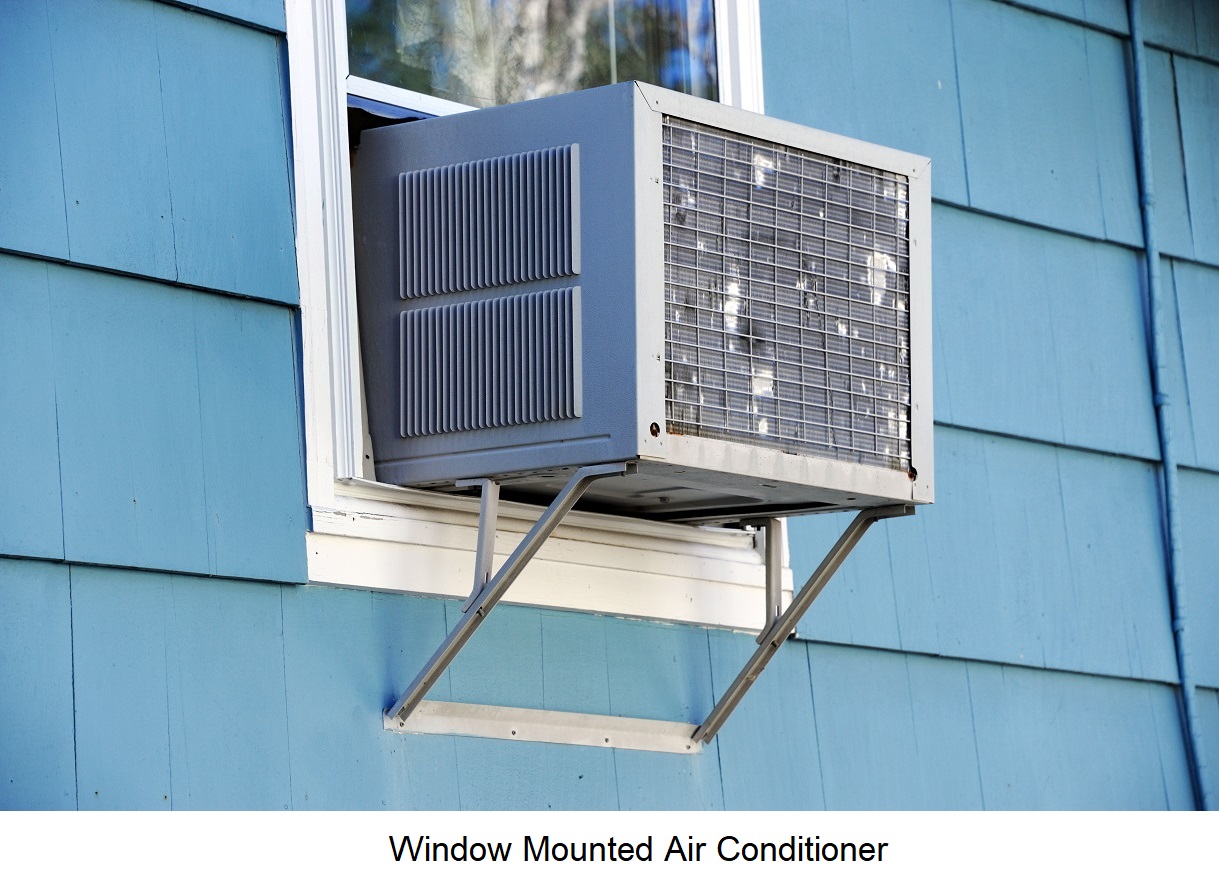
There are three types of conventional room air conditioners: window-mounted air conditioners; through-the wall air conditioners, also called “built-in air conditioners”; and portable air conditioners. As mentioned, these use the refrigeration cycle. Their advantage over central air conditioning units is that you can turn one on to cool a room while you occupy it then turn it off to save energy.
Window-mounted air conditioners have several disadvantages: they block most of the view from the window; you may remove them in the cold months, to have a view through the window and if you haven’t insulated them well. Also, there normally won’t be enough extra electrical capacity in the nearby outlet, so a new circuit must be created.
Through-the-wall air conditioners are installed in a hole in a wall so they don’t block the view through a window. They can cool a room better than the other types because they can be larger. They can have cooling capacities as large as 22,000 Btu’s, great enough to cool a small apartment. A new circuit normally must be created for each because they are normally larger than window-mounted units, but the cable that feeds the circuit can often be mounted to the outside wall running to the basement.
Portable air conditioners rest on the floor next to a window, on wheels or casters. They are much less energy efficient than window air conditioners, but be easily moved from room to room. You will need to use a long, heavy gage extension cord if any of the rooms do not have enough extra electric capacity. They have the disadvantage that they collect water, which must be emptied each day.

Portable air conditioners remove heat from a room by creating hot air through the air conditioning cycle and blowing it out the window. Air that is cooled in this cycle is blown into the room. Single hose models only blow out the heated air, but dual-hose models draw in air through a second hose to make up for the heated air.
Single hose models produce less cool air for the same electricity used. When they blow out the air, the air pressure in the room becomes lower. This draws in warm air, mainly through gaps around doors.
Dual hose models draw in outside air through the second hose, so the room’s air pressure remains the same.
Each circuit it will be plugged into must allow the unit’s high amperage or you must use a long 14 gage extension cord. Normally, a 20-amp kitchen outlet or a 20-amp outlet used for a window air conditioner will be sufficient. In most homes, few if any of the outlets in the bedrooms and living room have enough extra electrical capacity for a portable air condition.
To determine if an outlet has enough extra electric capacity, turn off it’s circuit breaker and check which outlets lose power. These are the outlets on that circuit. The circuit breaker will have 15 or 20 written on it, indicating that the circuit has a maximum load of 15 or 20 amps. Add the air conditioner’s required amperage to everything using those outlets to estimate how many amps the circuit would need to provide. Basically, you are only checking if anything on the circuit uses many much power, such as a TV computer or space heater.
Window Evaporative Coolers
Window evaporative coolers, also called “swamp coolers”, or “evaporative air conditioners” cool the air that passes through them by allowing water contained in them to evaporate into the air. They are only effective if the climate is very dry, because only dry air absorbs enough water to significantly lower the temperature of air passing through it. Their effectiveness varies from day to day based on the outdoor relative humidity. They use about one-fourth as much electricity as conventional units.
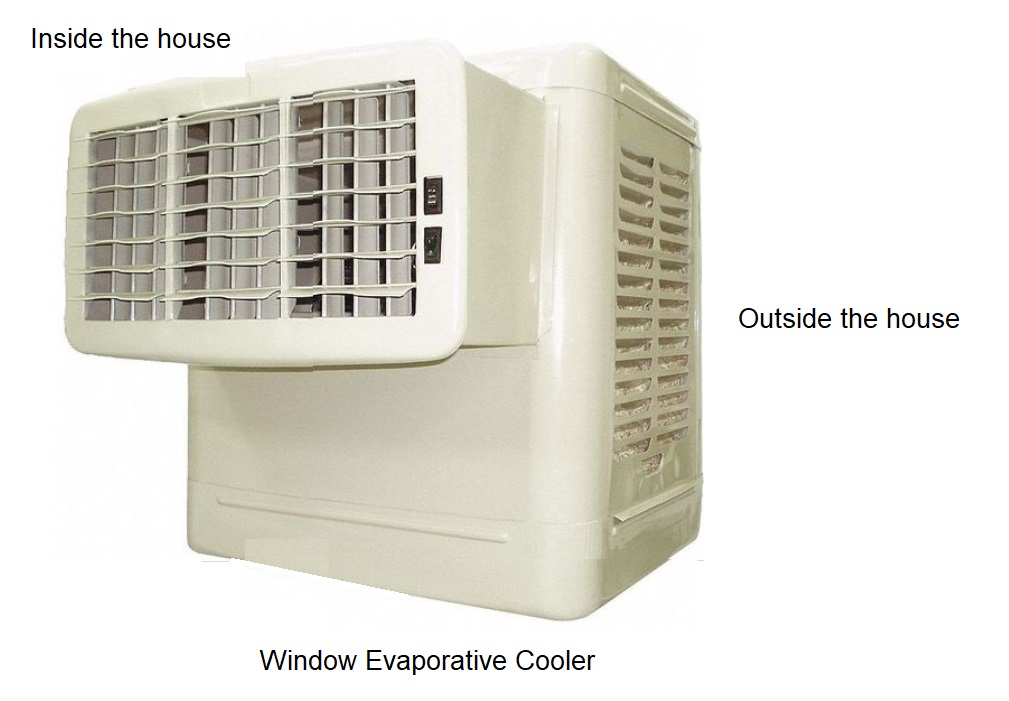
In the climates where they are commonly used, they can lower the temperature of the air passing through them by as much as 20º. They are only effective in dry climates because only dry air can absorb much water. There are units that are mounted to the wall of the house behind a window with a box similar in size to a window air conditioner sitting on the window sill.
The picture shows one of these units. The box in front is mounted in the window opening and the remaining part is mounted outside of the house. These would be difficult for most homeowners to mount, and a water feed tube must be connected to a house water pipe. There are also portable units which sit on the floor next to a window, requiring no installation. With these you pour in the water. They are much less effective and energy efficient.
Ductless Split System Air Conditioners
Ductless split system air conditioners, also called “mini splits” or “ductless mini splits” also use the refrigeration cycle, but the condenser is outside the house and the air conditioning units (evaporators) are in the rooms they cool. A system will have one condenser and two, three or four air conditioning units, one for each room being cooled. The condenser rests on the ground outside of the house or is mounted to the wall.
They use less electricity than room air conditioners because their condensers release the heat more effectively. A 3” diameter hole must be cut through the wall behind each evaporator for the refrigerant tubes and their insulation.

Energy Saving Tips for Buying and Using Room Air Conditioners
Energy Saving Tips for Buying Room Air Conditioners
Energy Saving Features Available In Room Air Conditioners:
Buy the Correct Size Model for Maximum Energy Efficiency
A model that is too large will cycle on and off too often, wasting electricity. A model that is too small is efficient but of course will not always make the room cool enough. The table below shows the correct cooling capacities recommended by an air conditioner manufacturer.
Cooling Capacities for Maximum Energy Efficiency
| Room Size | Air Conditioner Cooling Capacity |
|---|---|
| 100-150 sq. ft. | 5,000 Btu |
| 150-250 sq. ft. | 6,000 Btu |
| 250-300 sq. ft. | 7,000 Btu |
| 300-350 sq. ft. | 8,000 Btu |
Buy a Model With a High Energy Efficiency Ratio.
An air conditioner’s energy efficiency is given as its “Energy Efficiency Ratio”. This indicates how much heat it removes for the electricity it uses. The energy efficiency ratios of room air conditioners are given in Specifications on the retailers’ and the manufacturers’ websites. They range from about 8 to about 10. ENERGY STAR air conditioners all have high energy efficiency ratios.
Create a New Circuit for the Air Conditioner If It Would Use Too Much Electricity.
Before buying a room air conditioner you must check if the electric circuit it would be using has enough extra amperage capacity. If not, you must buy a smaller model or install a new circuit. A rule of thumb is to buy an air conditioner which draws no more than 50% of the circuit’s amperage capacity, but if a circuit is used only for lights and appliances such as radios, which draw very low amperage, you may be able to use more than 50% of the circuit’s capacity.
First, check if the circuit you want to use is a 15 or 20 amp circuit. This will be written on the circuit breaker switch or the fuse (the higher-amperage circuits are not for 115-volt wall outlets). To estimate how much amperage a circuit is using, turn off its circuit breaker or remove its fuse and check which outlets and lights go off. They should be near each other, but occasionally an outlet or ceiling light in the basement is on the circuit.
If an extension cord must be used, it must be a 15-amp (14 AWG) cord. These may be called, “appliance cords”. A lower amperage extension cord is a serious fire hazard.
Buy Energy Star Air Conditioners
ENERGY STAR products are very similar to other products but use energy more efficiently. Thus, they use less to do the same thing. They must meet energy efficiency criteria set by the EPA or the Department of Energy.
Energy Tips for Using Window Air Conditioners



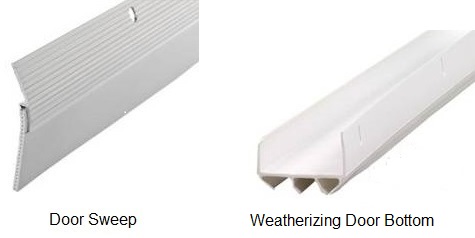
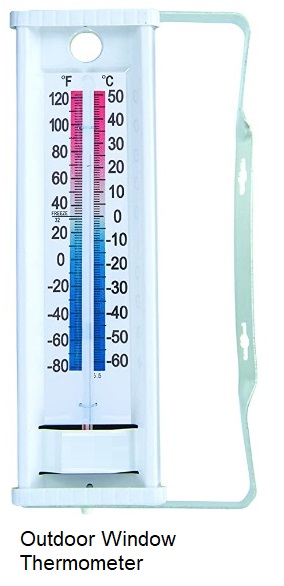
The outlet you plug it into must be grounded. Also, check if it is on a different circuit. If it has the same circuit breaker it is on the same circuit. It should draw no more than about 50% of the amperage of the circuit it is on. See, Create a New circuit for the Air Conditioner if it will use too much Electricity
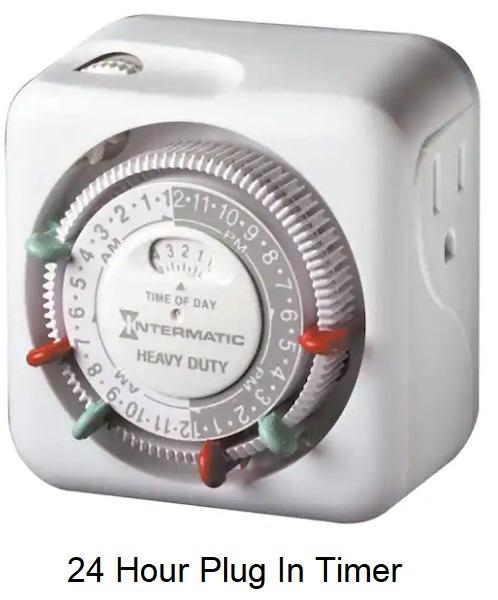
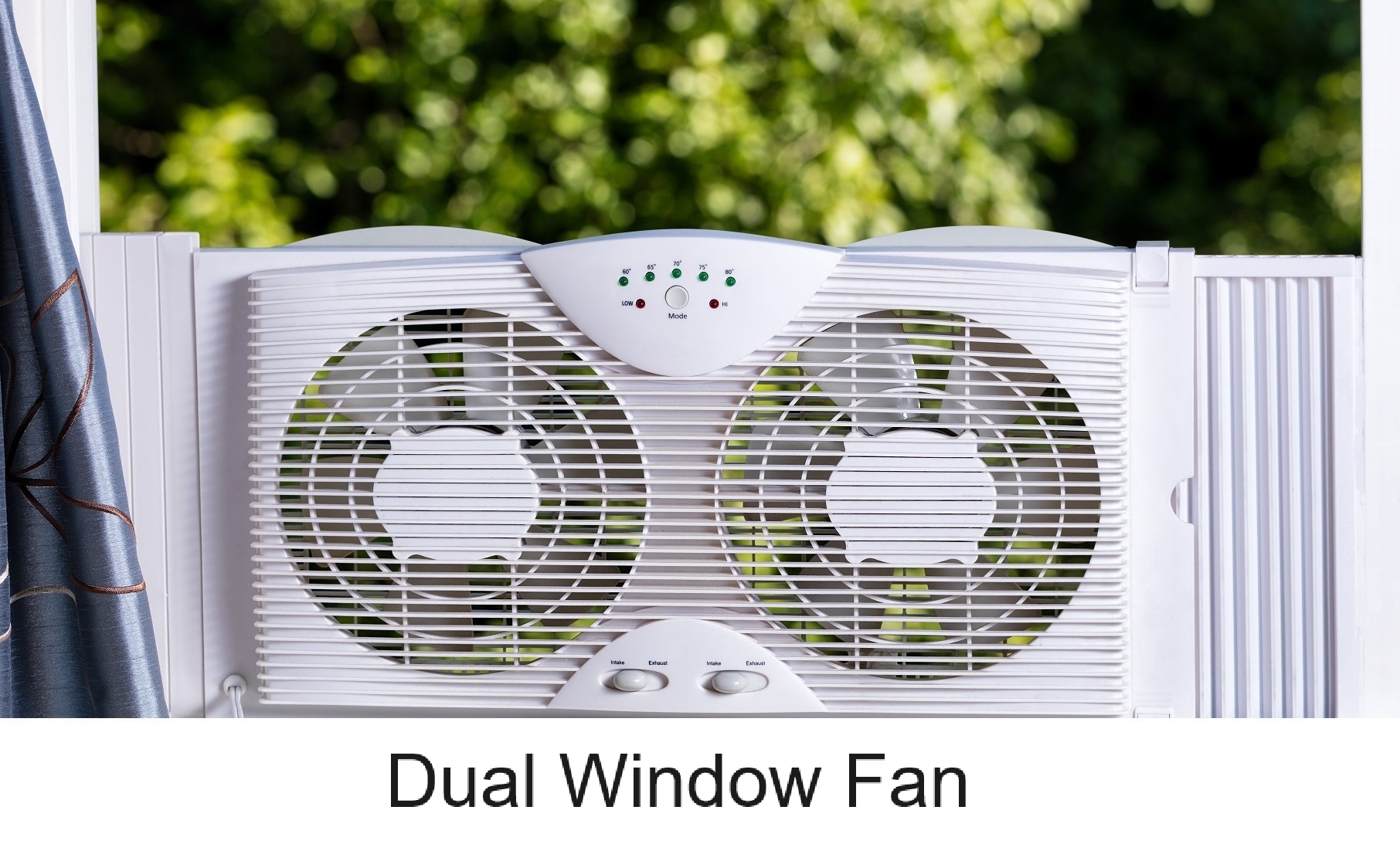

On some models the water drains through a hose and on others the water fills a bucket that must be dumped. See the post, ” Guide to Dehumidifier Energy Conservation”.
They are explained in the topic, ” Types of Room Air Conditioners“.
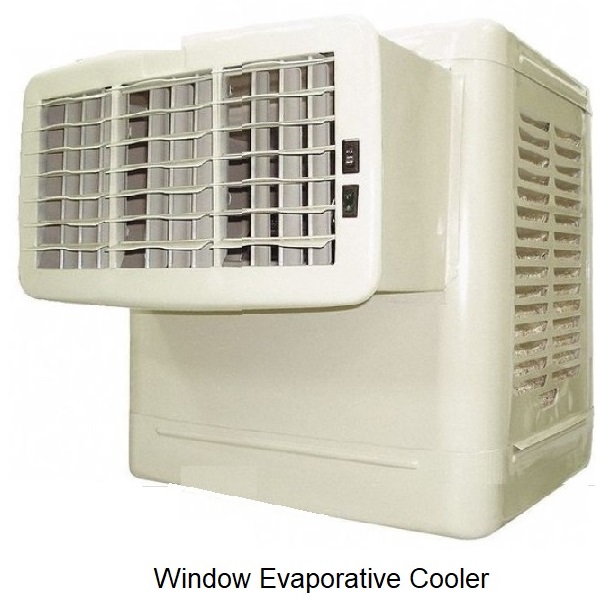

Energy Saving Tips for Using Central Air Conditioning
If you take steps to lower the energy consumption of your central air conditioning, you can cool your home for less money and reduce the high costs of equipment repair and replacement. A condenser may last only 12 years if used often and costs over $2000 to replace. If on the roof, a crane must be used to replace it.
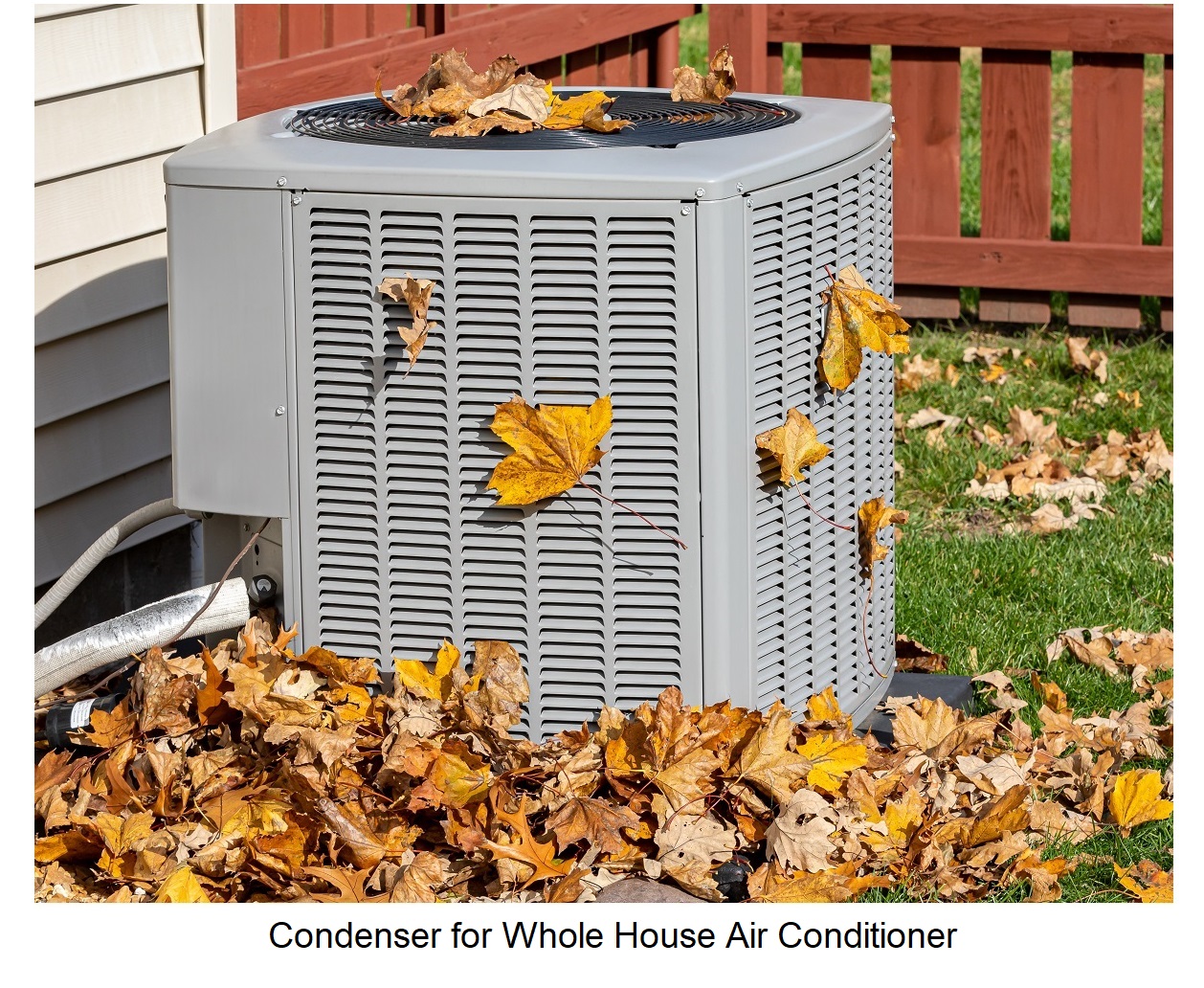
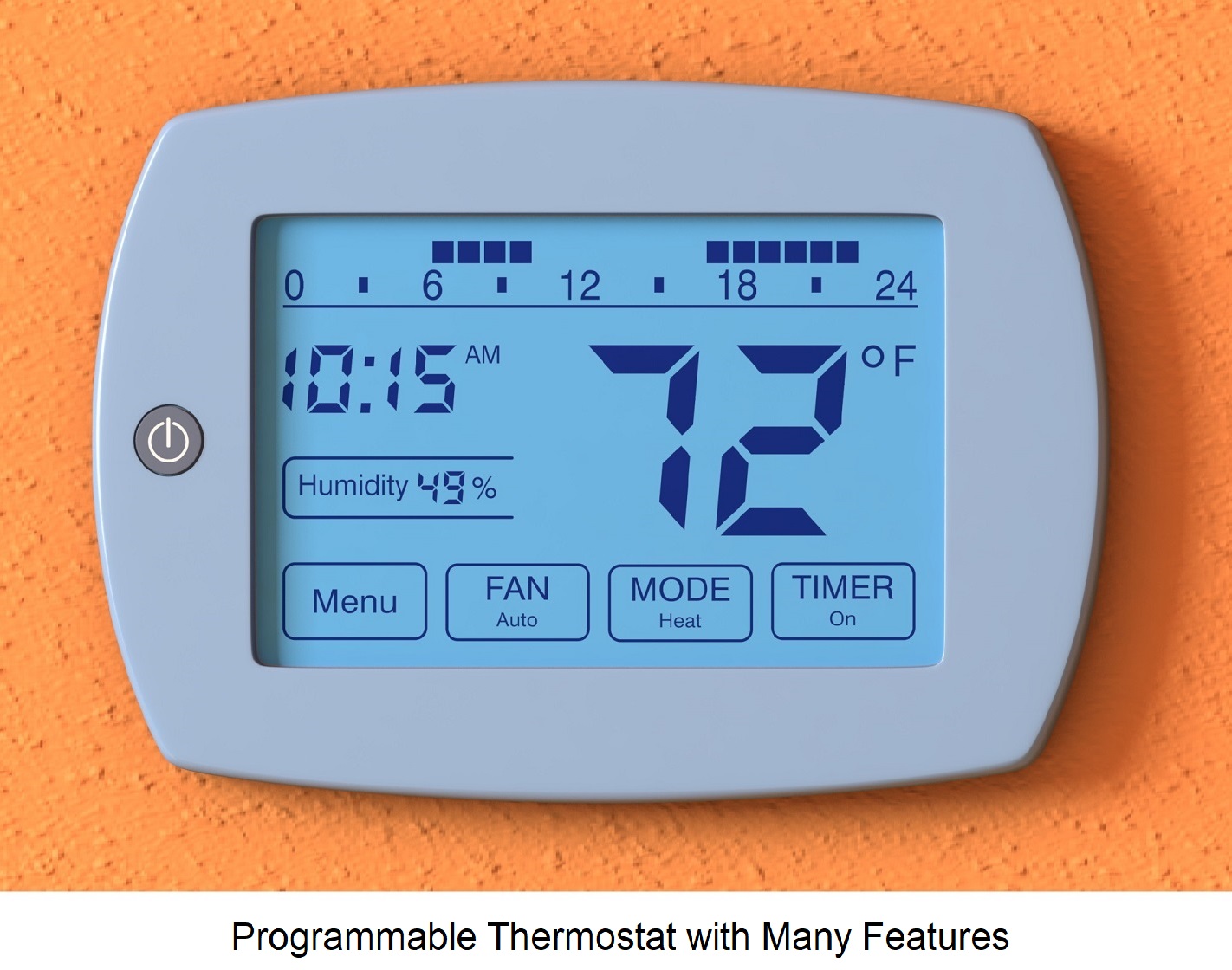
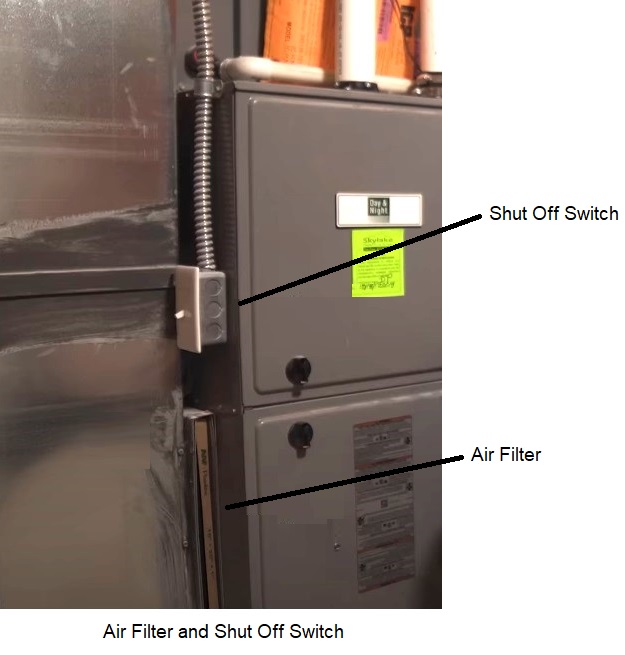
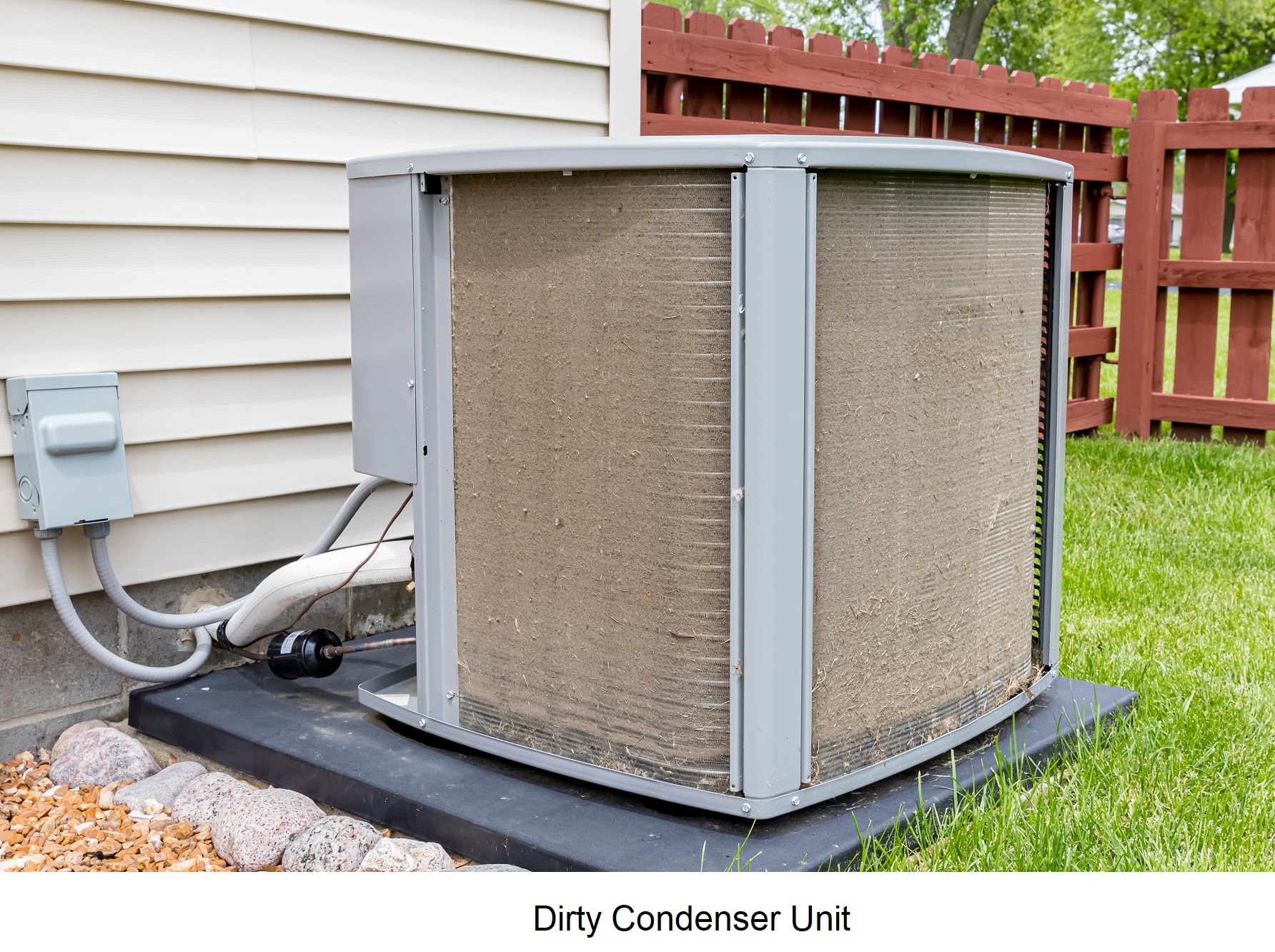
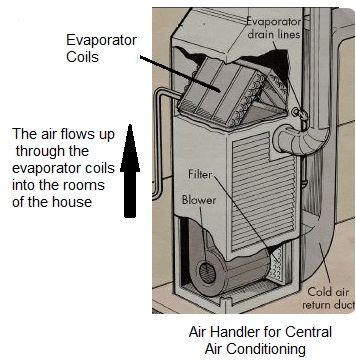
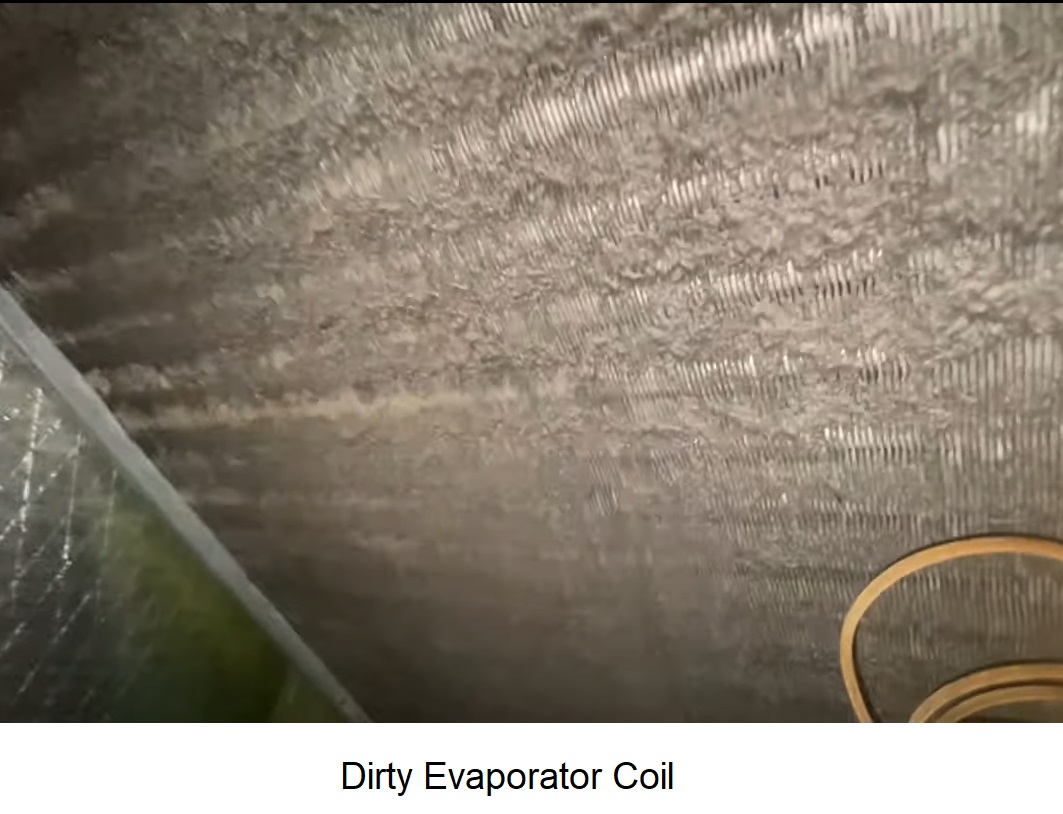

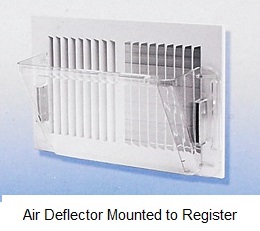

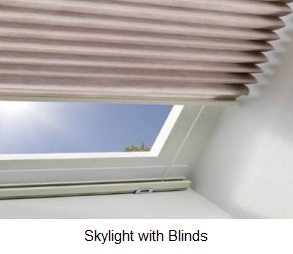
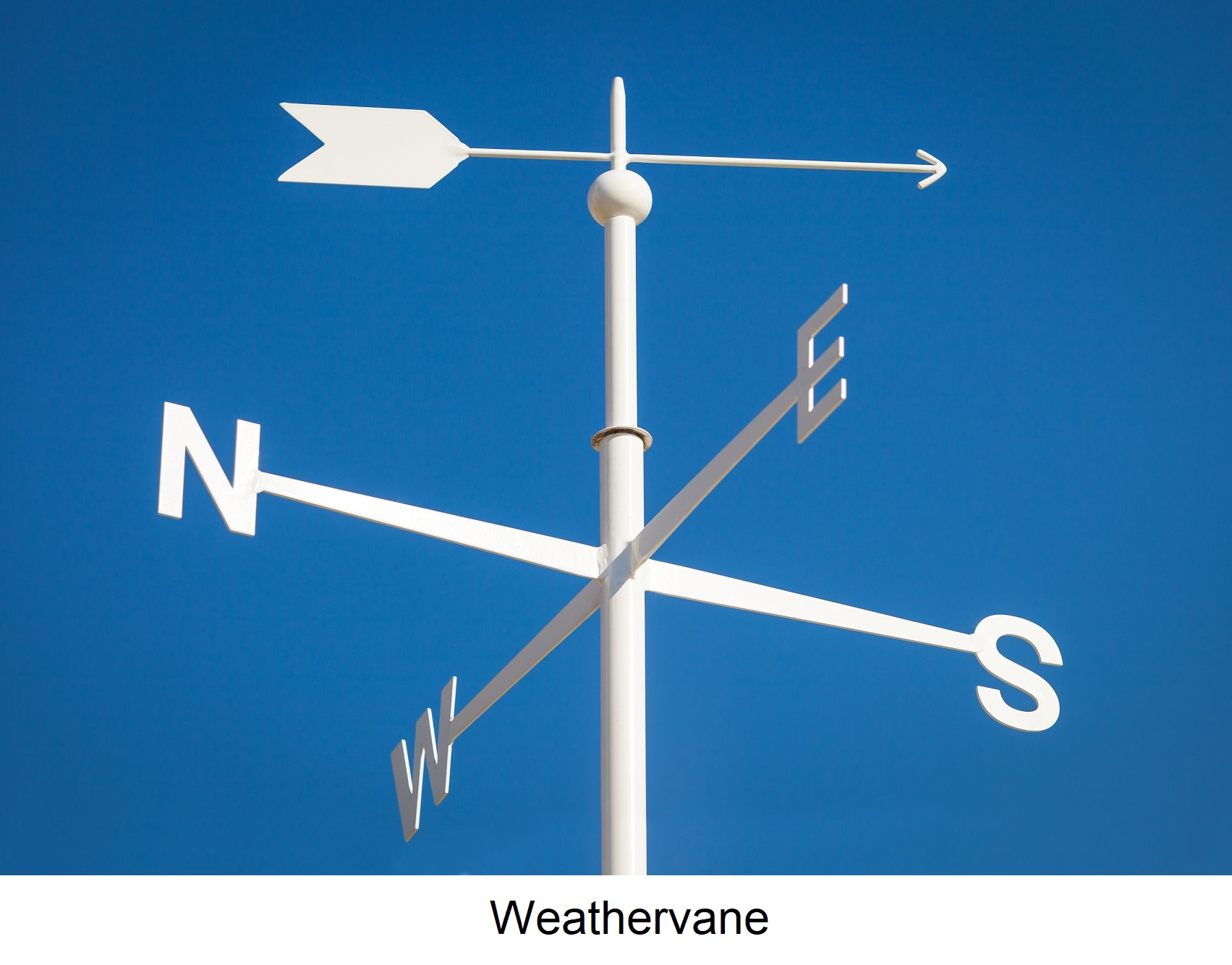
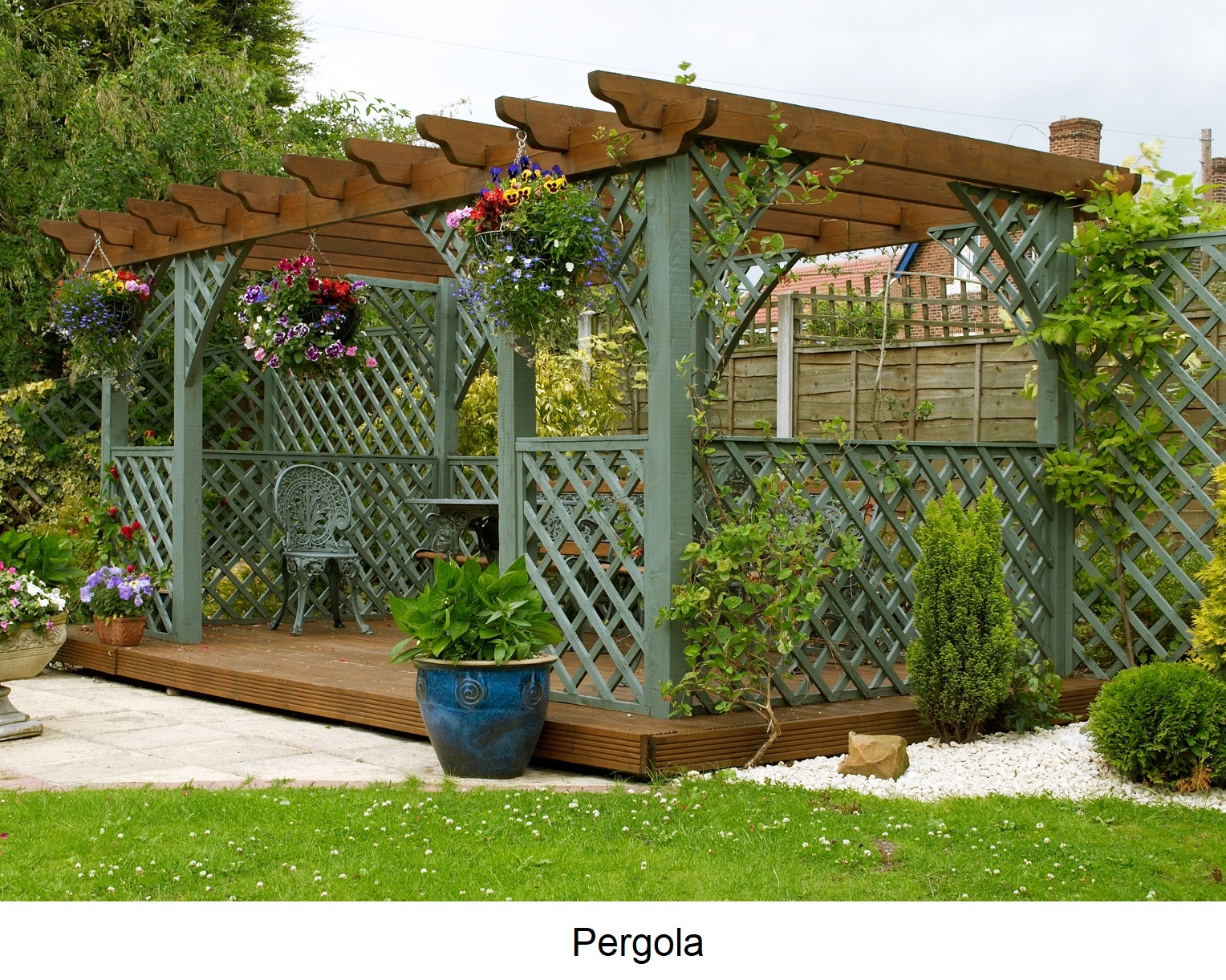
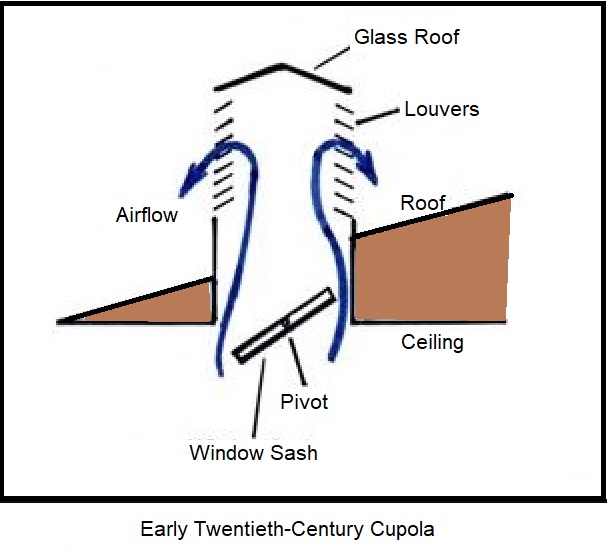
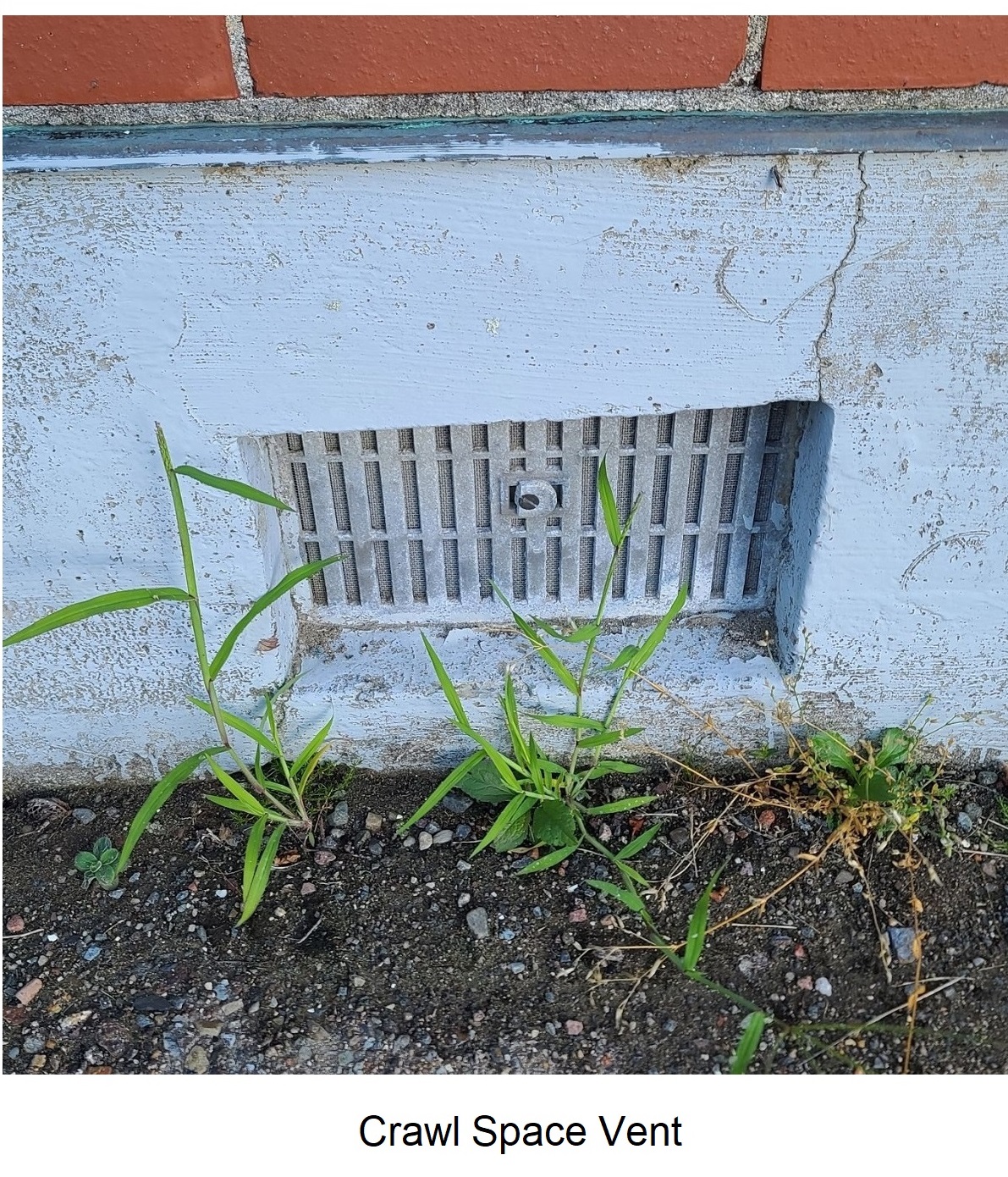
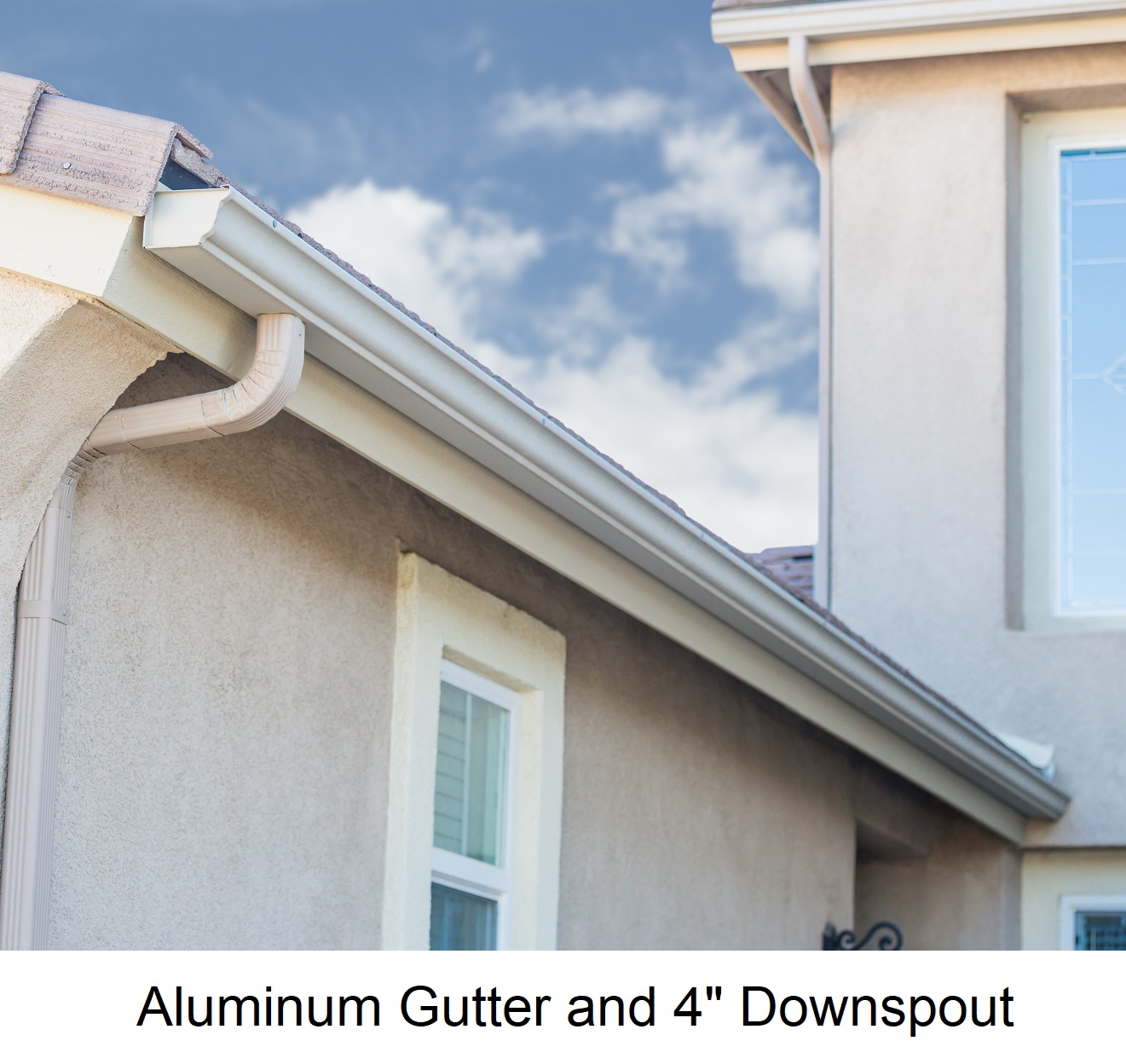
Ways to Vent a Clothes Dryer Through a Wall
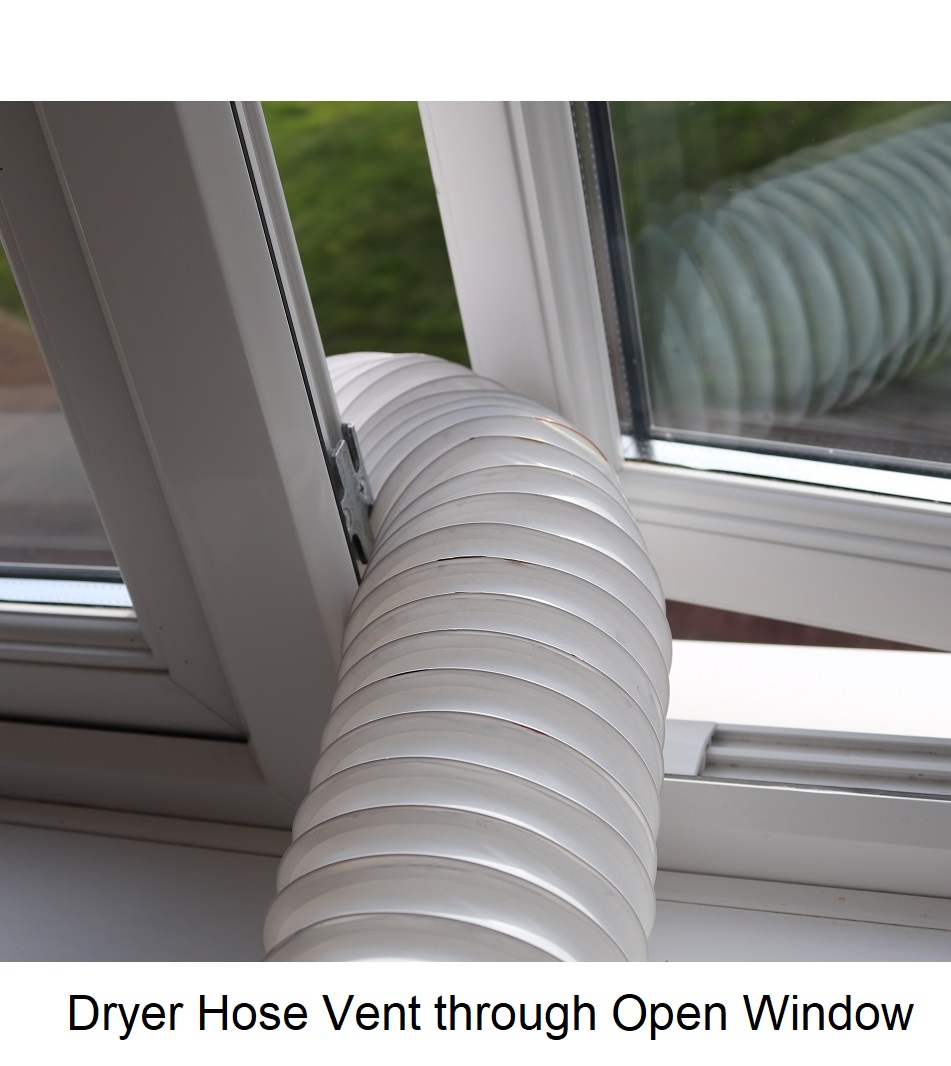
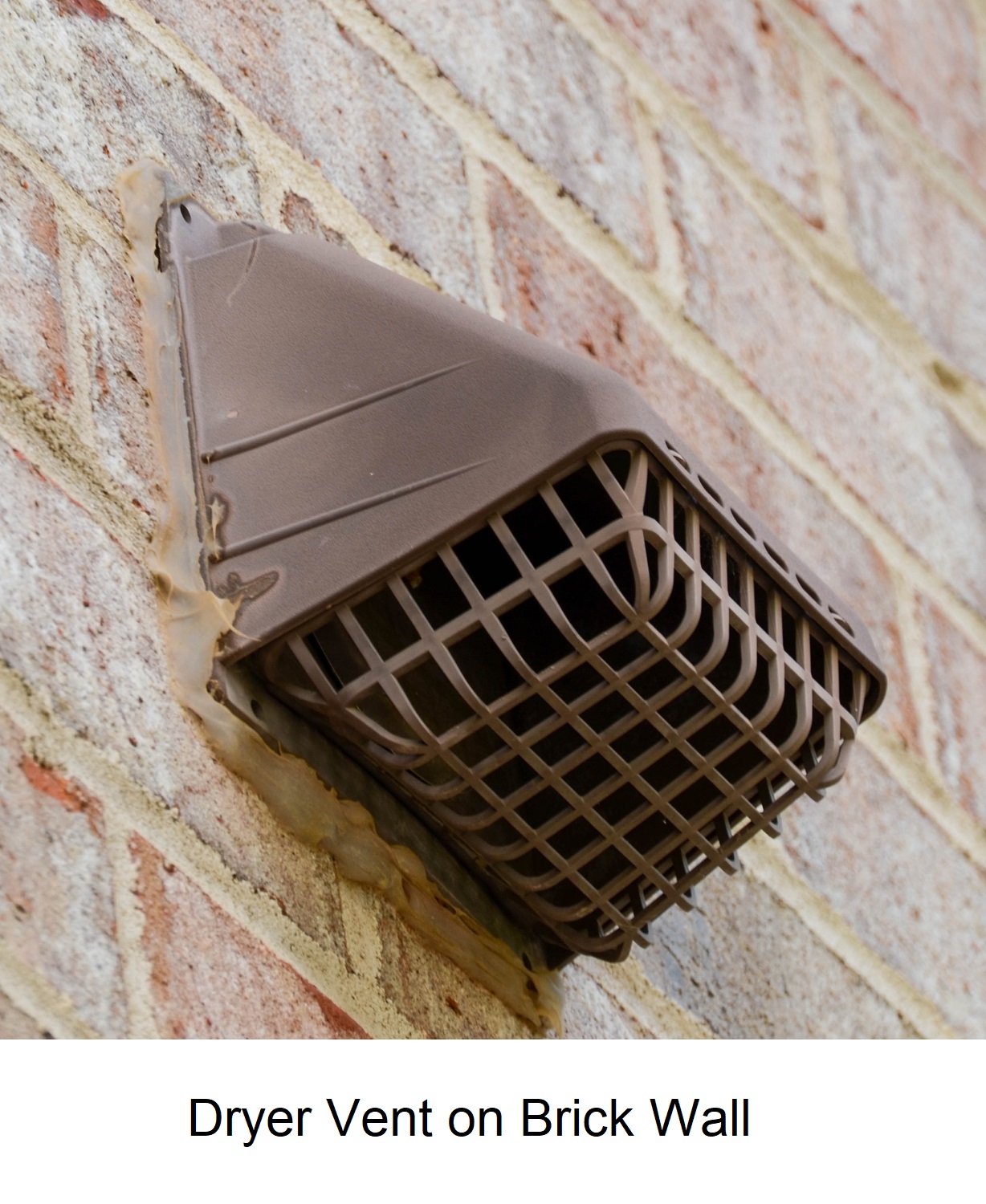
How to Build a Roof Over a Condenser Unit or a Through-the-Wall Air Conditioner
How to Build a Roof Over a Condenser Unit
TOOLS:
MATERIALS:
STEPS:
- Cut the pieces of the frame from 2×4’s. The top should have a slight slope, be a foot above the condenser (so heat isn’t trapped), and be large enough to shade the condenser throughout the day. If the condenser is east or west of the house, the roof should be large enough to shade the condenser when the sun is low. sssssssssssssss ssssssssssss sssssssssss sssssssssss sssssssssss
- Using 3” deck screws or 12d nails, build the top of the frame and mount the legs. Nail or screw on a piece of 2×4 as a diagonal (not shown on dwg). Place it over the condenser. Drill two ¾” holes through each piece of the frame that rests on the ground, and nail or screw these to the legs (see drawing). sssssssssssssssss sssssssssss ssssssssssss sssssssssssssssss
- Cut a piece of 2×2 board to fit between the right and left sides of the frame (the right triangles), to support the bottom of the awning. Join it to the sides using 3” deck screws, after drilling pilot holes for the screws. sssssssssssssssssssssss ssssssssssssssssssss ssssssssss
- Cut the roof piece from sheet metal or plywood. If plywood is used, paint the top edge with exterior paint to protect it from absorbing water (the rest will be painted last). sssssssssssssssssssssss ssssssssssss ssssssssssssss
- Mount the roof piece to the frame using 1¼” exterior screws.

How to Build a Roof over a Through-the-Wall Air Conditioner
TOOLS:
MATERIALS:
STEPS:
- Nail or screw a 2×2 board to the wall above the air conditioner. If wall is brick use 2½” masonry nails, nailed between the bricks. ssssssssssssss sssssssssssssssss sssssssssssssssss ssssssssssssssssssss
- Cut three pieces for the left side of the frame. Join them to form a right triangle using 3” deck screws, and nail or screw it to the wall. If wall is brick use 2½” masonry nails, nailed between the bricks. If wall is not brick, use 3” deck screws. These should be long enough to penetrate the sheathing behind the siding. Repeat for the right side of the frame. sssssssssssssssssssssss sssssssssss ssssssssssssssssss ssssssssssss
- Cut a piece of 2×2 board to fit between the right and left sides of the frame (the right triangles), to support the bottom of the awning. Join it to the sides using 3” deck screws, after drilling pilot holes for the screws. sssssssssssssssss ssssssssss sssssssssssssssssssssss ssssssssssss .
- Cut the roof piece from sheet metal or plywood. If plywood is used, paint the top edge with exterior paint to protect it from absorbing water (the rest will be painted last). sssssssssssss sssssssssss ssssssss sssssssssssssss ssssssssssssssss
- Mount the roof piece to the frame using 1¼” exterior screws.
Cooling your home could become much less expense if you do many of these energy tips which help to use less energy with air conditioning. You will save energy and enjoy much lower energy bills.

No Responses